latest
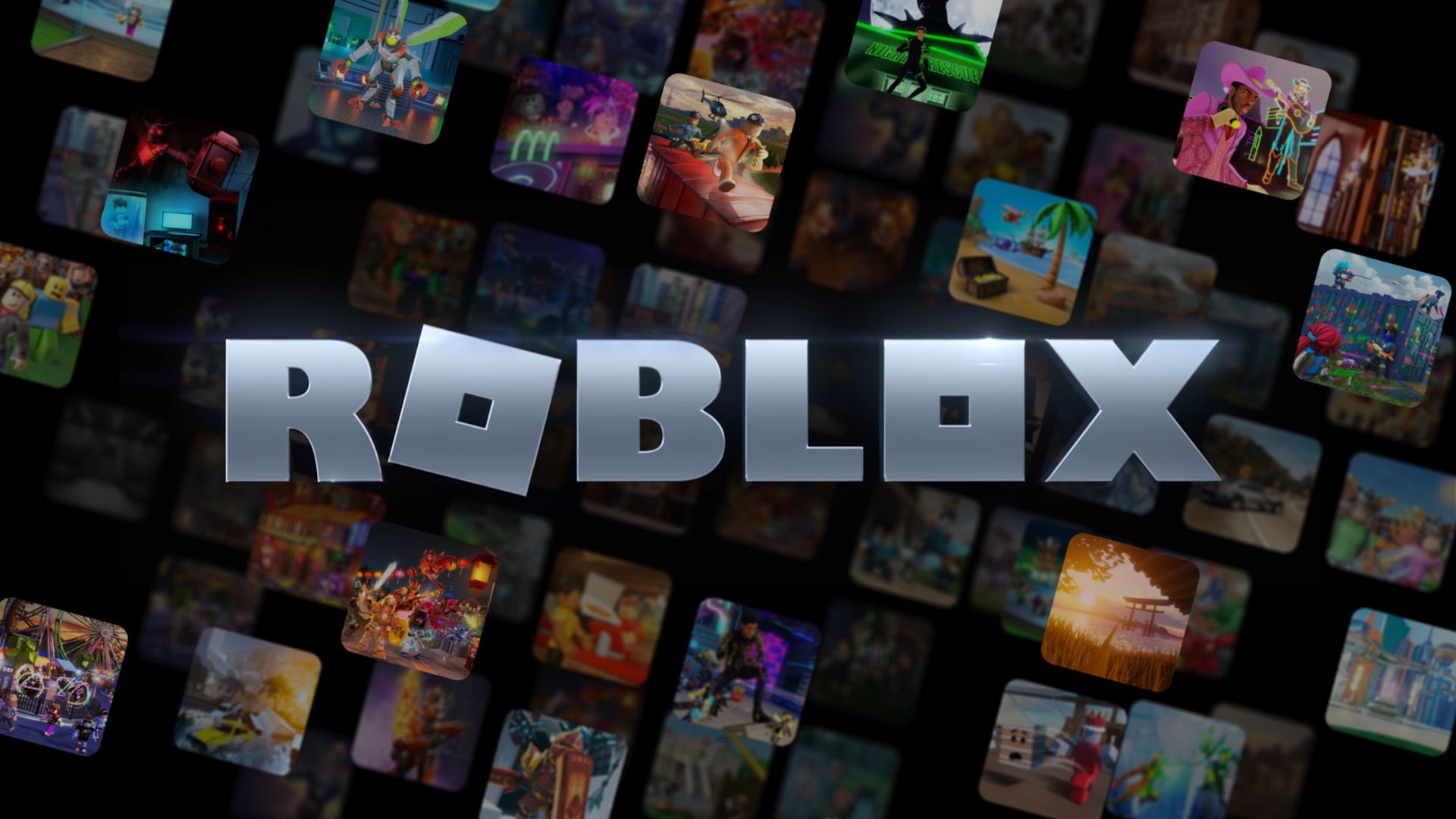
What is Roblox? Navigate the popular game creation platform with ease
Millions of daily active users still play Roblox, an app that's over a decade old
As we know it today, Roblox is a social platform-turned-metaverse where prideful gamers (of all ages) develop and share their creations while indulging in community-driven games. Roblox has left a legacy that's attracted a supportive community and following, which is a large part of why the aging platform remains intact today. Roblox is more than just a massive sandbox/simulation game; it reels in a large, growing community and brings indispensable resources to get gaming creations out to the world without needing a top-end Android phone.
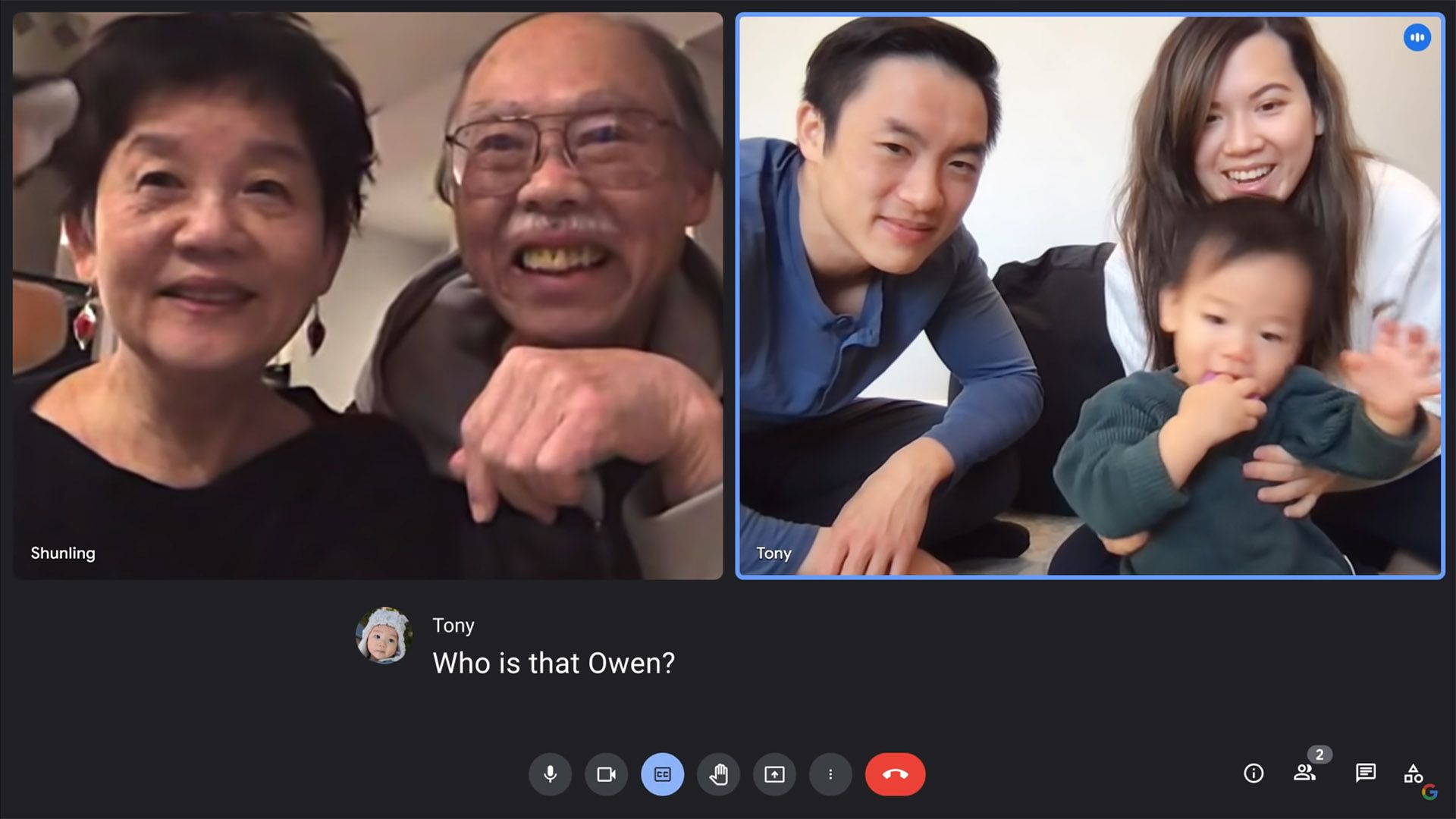
Google's ads for this year's Oscars had more emotion than half the nominees
I'm not crying, you're crying
After a string of increasingly weird videos promoting the Pixel phone line, it's almost comforting to see Google return to plucking at your heartstrings. Such is the case with two new Google Search commercials posted to Google's official YouTube channel this weekend, both made for the recent Oscars, and at least one of which aired during the event.
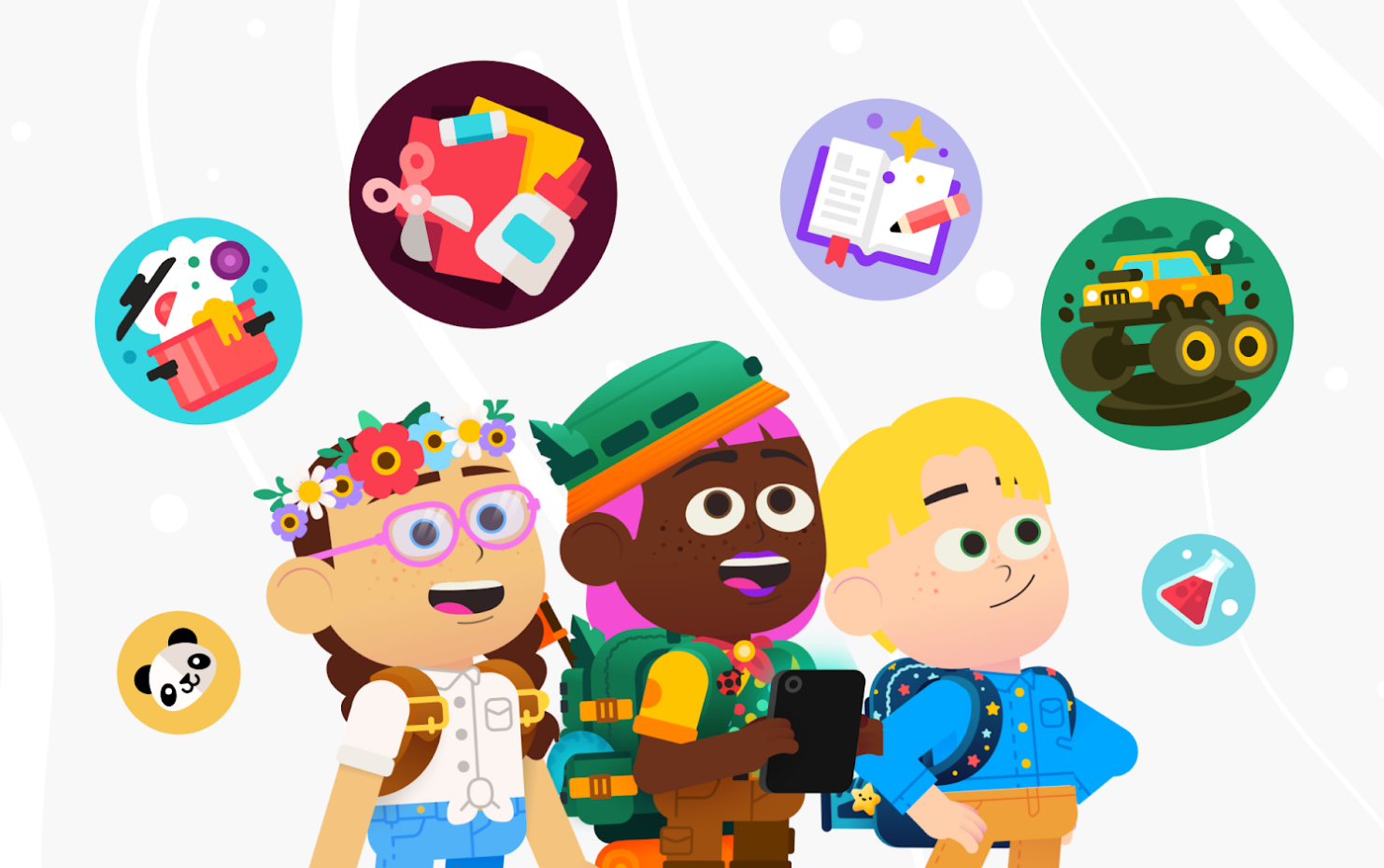
Google Kids Space aggregates children-friendly content on Android tablets
Coming first to Lenovo's lineup
We'd wager that a lot of the extra time that children are spending at home is going to tablets, so it's convenient that Google is releasing a kids mode for Android tablets called Kids Space. It basically aggregates kid-friendly apps and videos, as well as 400 free books (in the US).

Google Play Music is on the way out but YouTube Music still isn't available for kids under 13
You might have to switch to another service if kids account support is important to you
A year and a half ago, we warned that you shouldn't migrate your family subscription to YouTube Music if you want to keep your Play Music child accounts intact. With the shutdown of Play Music inching closer, the situation has changed a little, but the core of the problem is still present: According to YouTube's terms, children under the age of 13 aren't allowed to use the service officially — only YouTube Kids is open to them. Thus, young minors won't be able to stream once Google shuts down Play Music.
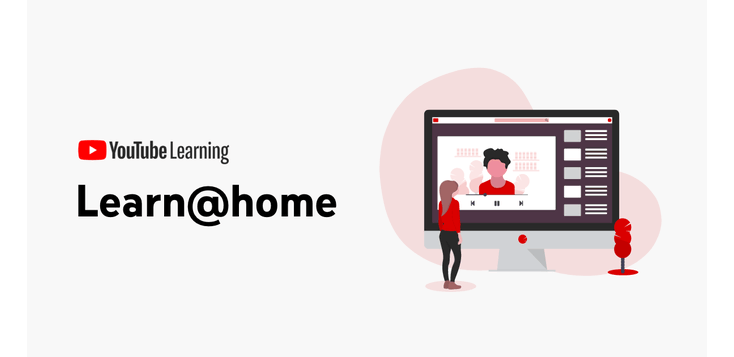
YouTube highlights channels that help children learn while they're stuck at home
Complementary content to assist with homeschooling
Millions of children are stuck at home right now due to the coronavirus pandemic, but that doesn't mean they should be in summer holiday mode just yet. To help parents get into the homeschooling groove, Google has put together a list of Youtube creators and channels that make learning from home easier for kids of all ages.
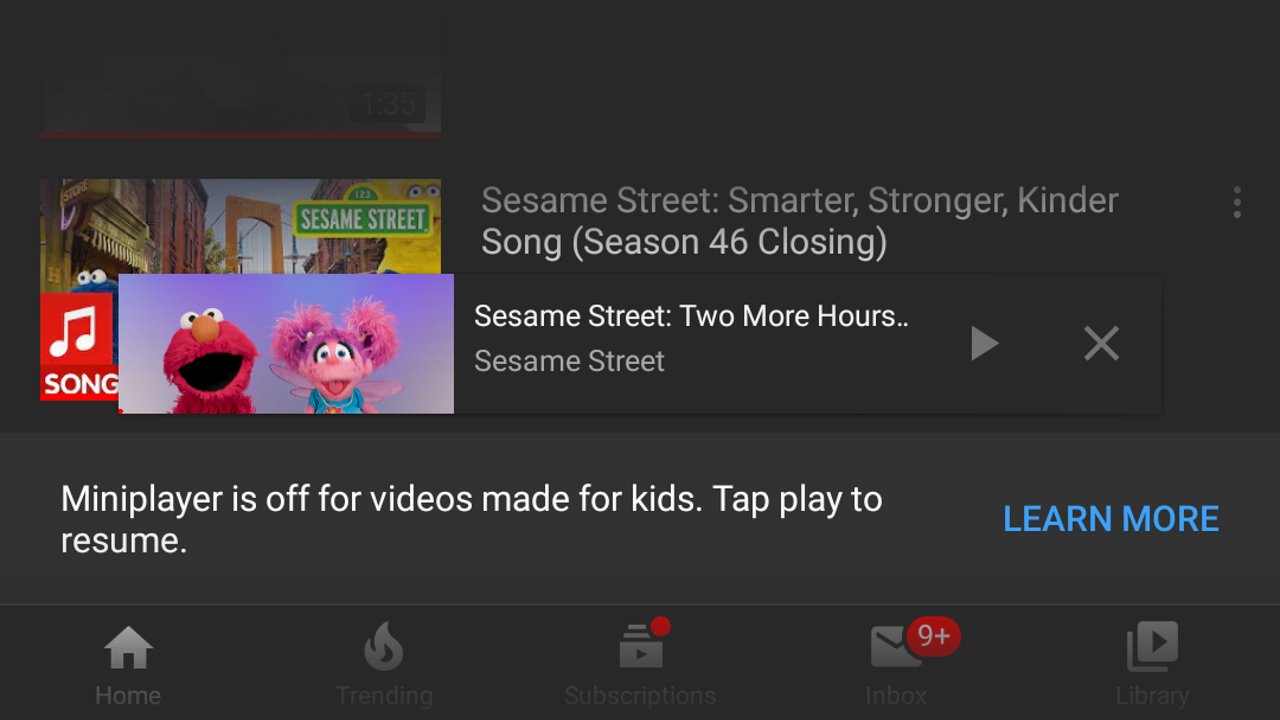
It can take a fair bit of time for a series of major changes to a service everyone's seemingly familiar with to register with constituents. When YouTube announced its beefed-up compliance measures for the Children's Online Privacy Protection Act, independent content creators rang the first alarm bells, fearing their videos would be subject to restrictions on their creative voice and revenue. Now, viewers are beginning to complain about the loss of features on their end whether they're trying to keep their kids educated and entertained or if they happen to enjoy some nostalgic puppetry themselves. So, we're taking a comprehensive yet concise look at what's been going on and what might come next.
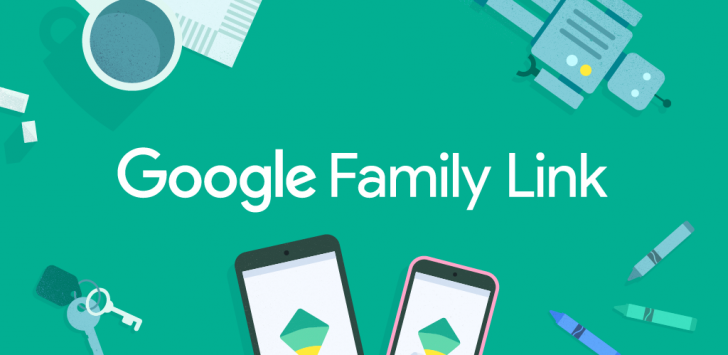
Google Family Link allows parents to administer their children's devices, granularly controlling which apps they can install, how much time they can spend on their phones, and when it's time to put their tech down before bed. In an update to the service, Google has introduced new options, now letting parents set up per-app time limits and add bonus time before the nightly shutdown.
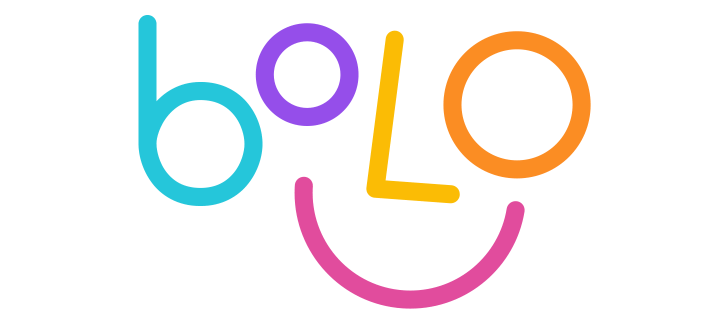
Read update
You can't underestimate the benefits of a good education, and one of the first pillars of that is the ability to read. When I travelled to Nepal a couple of months ago, I was astonished by how thirsty for learning children in rural areas are. In the afternoon, many were being dropped off by their bus miles away from any village and had to (literally) trek up hills to get back home. In the morning, many could be seen carrying their backpacks and walking for at least half an hour or more just to get to their school or bus. And us privileged folks complain about waking up early to catch the bus that picks us up right from our doorstep! This is why I'm happy to see Google take learning to heart with its new Bolo reading app.
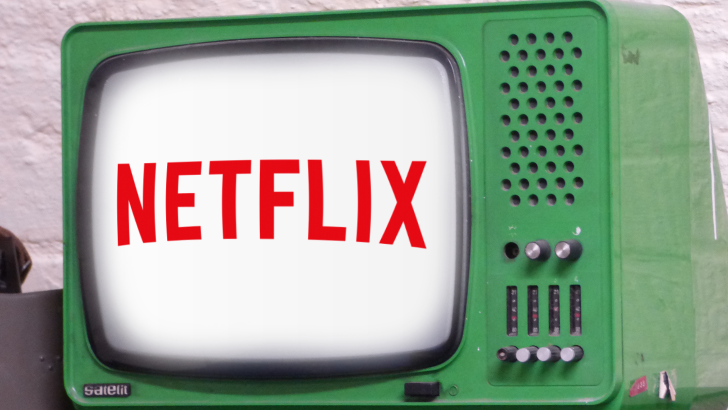
Netflix has changed TV consumption behavior all around the world, but first and foremost in the US. It enabled many households to become cord cutters, turning their backs on traditional cable TV and relying on internet services like Netflix, Amazon Video, Hulu, YouTube TV, and others instead. The advantage with many of these is that they have no or barely any advertisement, compared to regular TV. This has implications on kids in these households, too, saving them from up to 400 hours of ads a year.

I don't envy parents whose kids are bugging them for their first smartphone, but I guess it's one of the inevitable challenges. Verizon hopes to make the whole process a little less stressful for you with a new plan designed for young children.
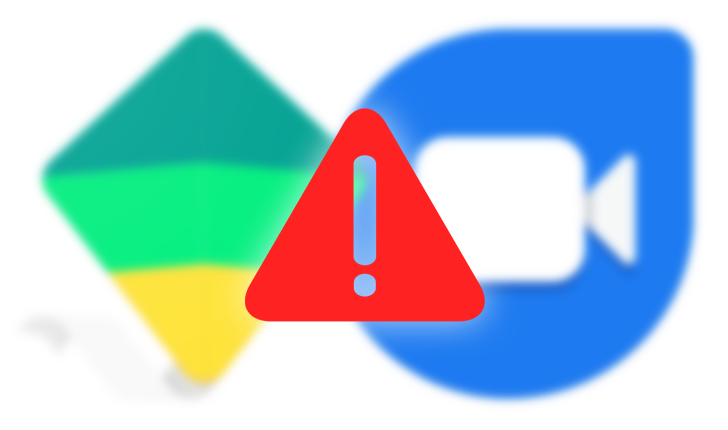
Being a parent in this digital age is a tough affair, so plenty of apps aim to help families manage their children's smartphone usage and online activities. Google's Family Link, which is available worldwide, is one such example, but as always, there's a delicate balance between features and restrictions. Duo is one of the latter.
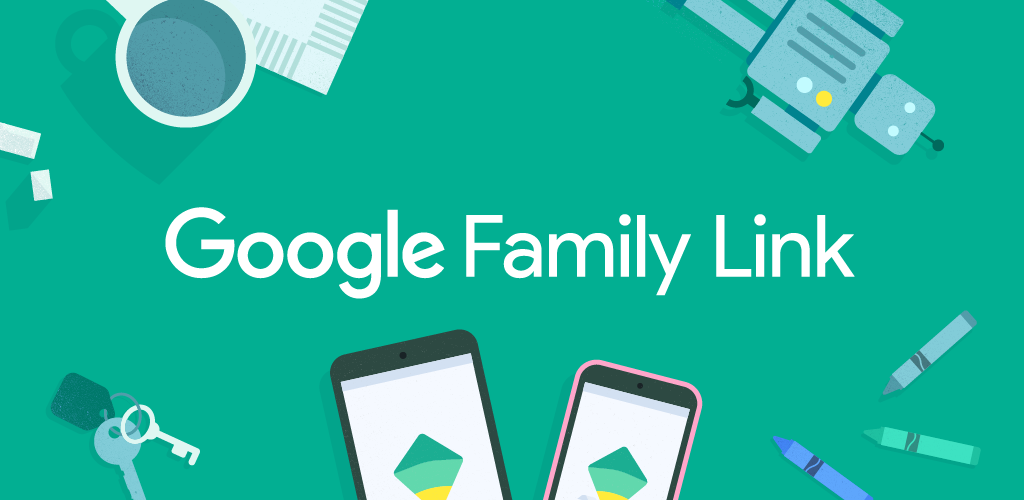
Google has split Family Link into two applications. Previously, the parental control service was offered in a single app which was installed on the devices of parents and children alike. The existing listing has now become Family Link for parents and a second app, Family Link for children and teens, has been introduced. After installing the latter on a child's device, parents can control it directly from their dedicated app.
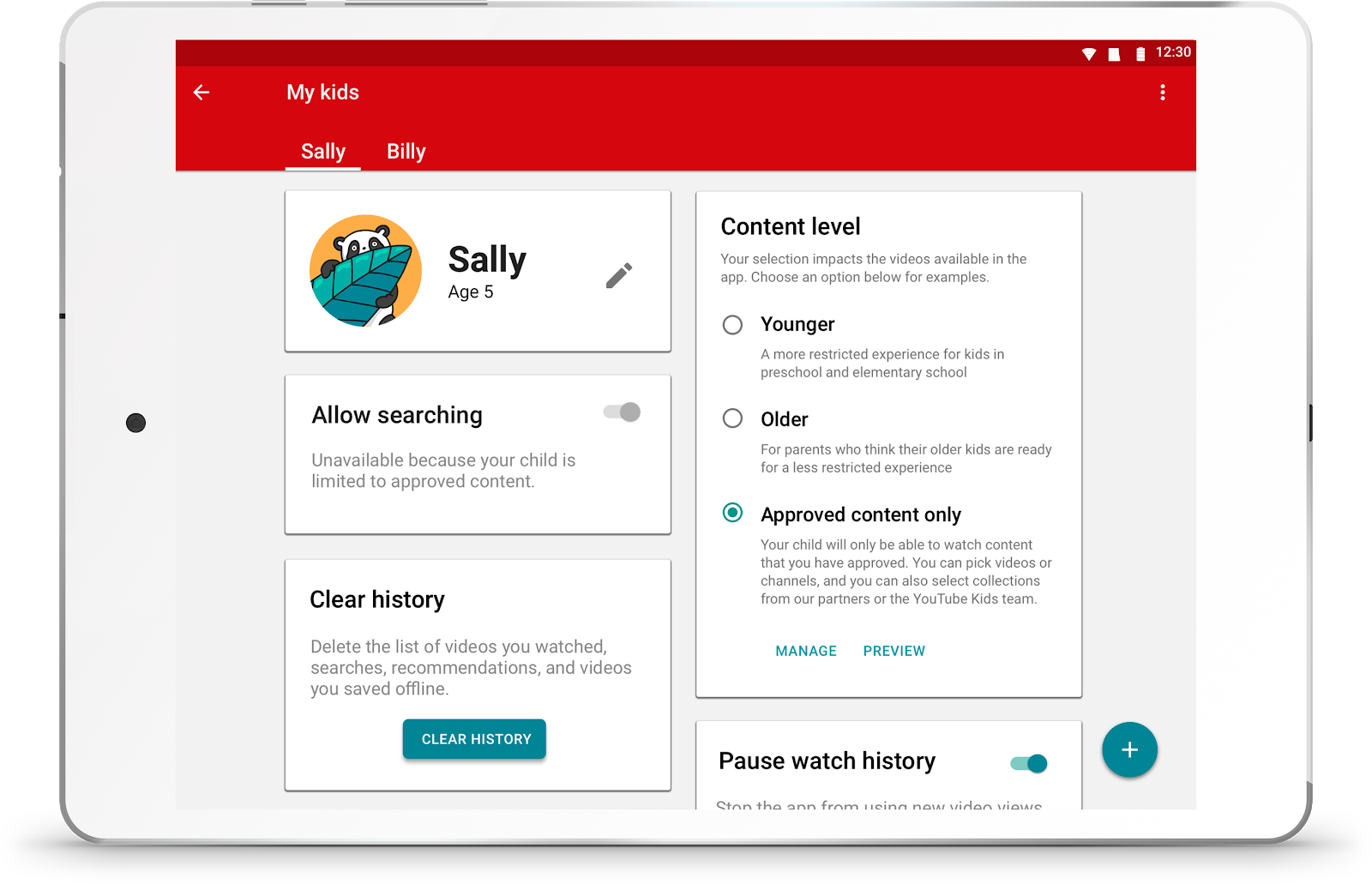
Back in April, Google announced that it was readying new features for the YouTube kids app to give parents greater control over the content their children are able to access. The ability to carefully select every channel and video available on the account is now going live, as well as a new experience for 'Older' kids.
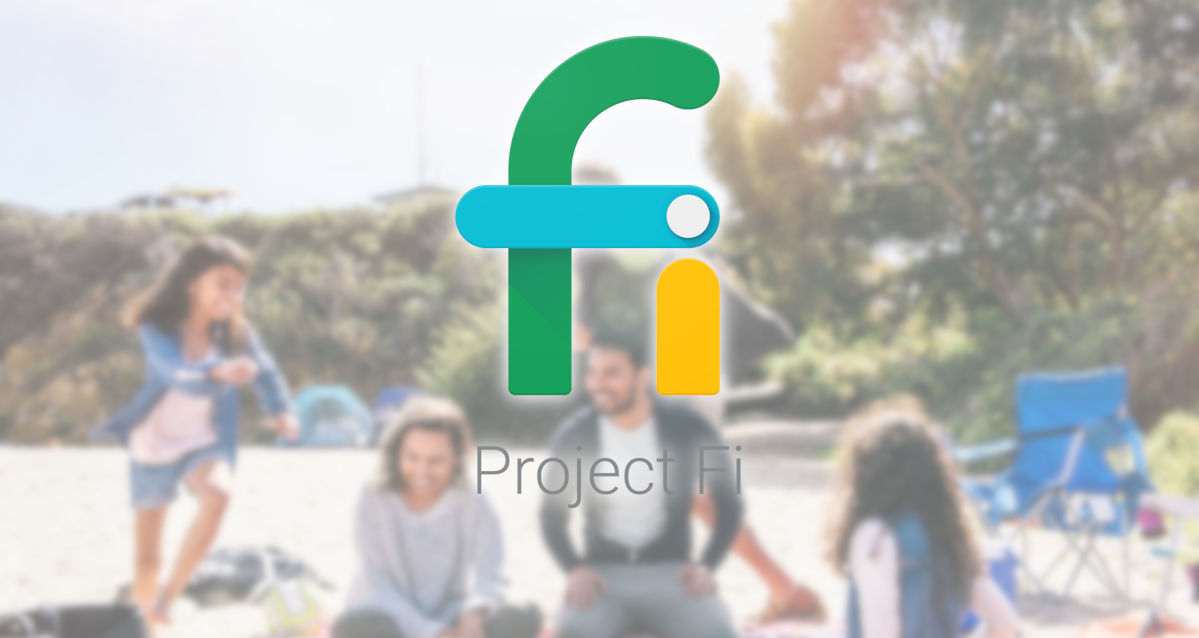
Google's Project Fi has just announced that its group plans are now family-optimized, with additional support for Family Link-associated children's accounts. In essence, Google is still pushing the same group plans it had before, at the same $5 per person discount, but as of today you can add children under 13 to your Fi group plan and continue to manage their device use via Family Link.
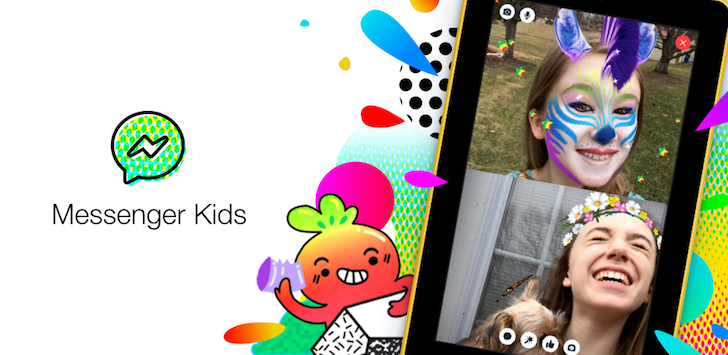
Facebook has released its new Messenger Kids app to the Amazon App Store, making the service available to owners of its Fire line of tablets. So I grabbed one of the Fire 7 tablets we have for our kids and installed the app to see what it was all about, and just how well it works on Amazon's lowest-end hardware.Because here's the thing: These tablets are slow. Really, really slow. Frequently on sale for $30, one would expect nothing else. They work as intended for the most part, and my kids are delighted we have them. But apps can take ages to launch, animations are jerky, and scrolling through anything is a great way to drive yourself insane.But I can report that the Messenger Kids app runs acceptably on a Fire 7.Facebook expects a parent to be a little suspicious of this app, so right from the get-go it lets you know that the app will not create a Facebook account for your kid. The service runs under the auspices of the parent's account, but the child never has access to do anything with that account.
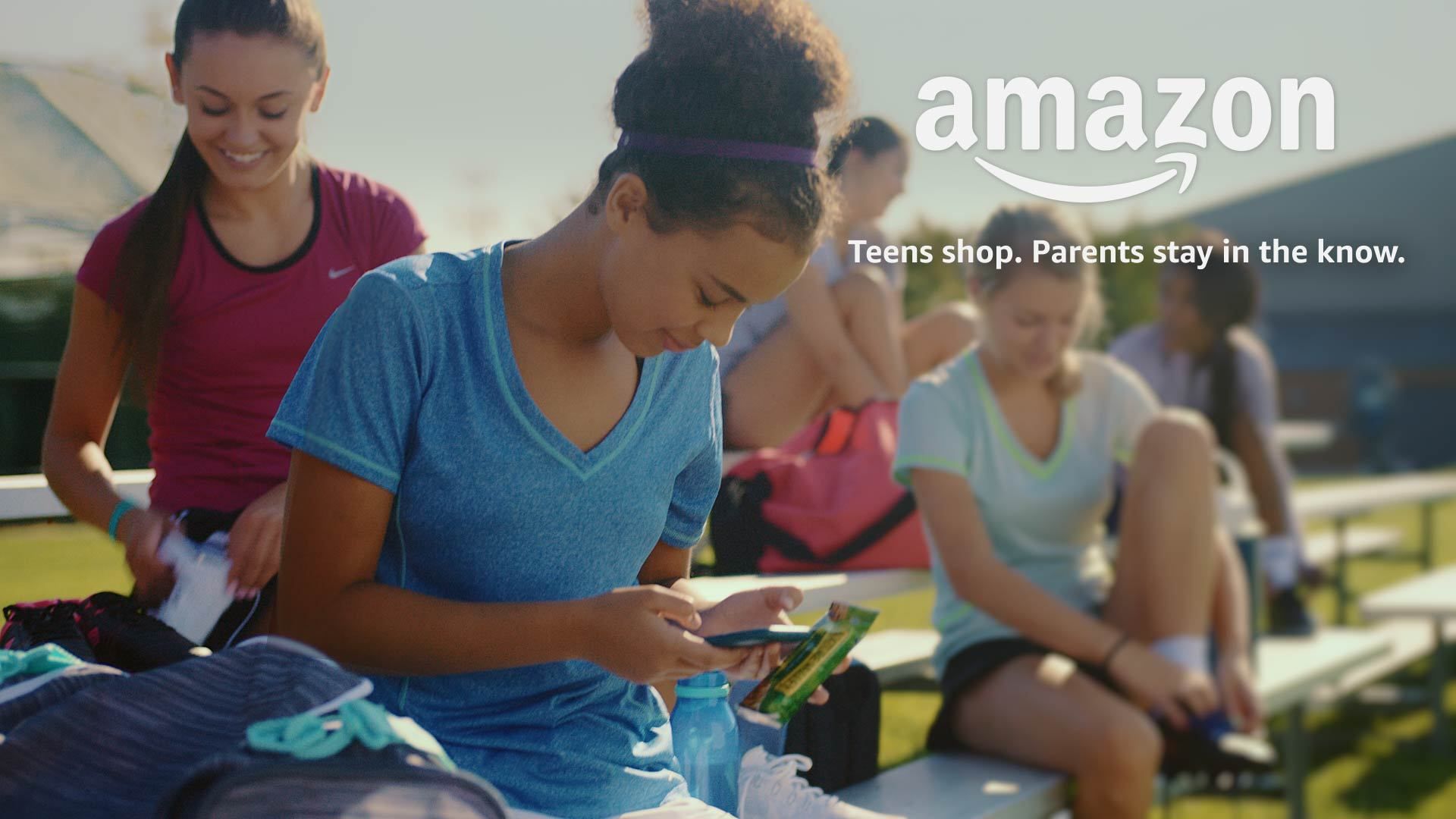
If you've got teenage children I can imagine its difficult to get the right balance between allowing them the freedom to develop into responsible adults and watching their every move so they don't mess up. I don't have children myself but I was one once, so I guess I have some idea what it's like. Amazon knows this, too, and so it's launching a new feature that gives teenagers a bit more freedom when it comes to shopping. But not too much.Amazon's new accounts for teens, specifically those between 13 and 17, give them independence to shop on their own, but with certain controls in place. Parents can add their kids, and they'll get their own login to be used for buying goods or streaming media. Mums and dads will get visibility of everything and even have the power of approval over purchases they disagree with.If you're considering it for your own kids already, this is how it works. When your child places an order you will receive an SMS or email with the details. You can then approve or deny it by text or by visiting your account. Your child can even attach a note to the order for your consideration, to explain the reason for the purchase or to beg you to let them have that unnecessary luxury you already told them they couldn't have.The default behavior is to approve every order, so you have to be careful not to let any slip past. Another method of control that can be set up is a spending limit. Even then, it's still possible to cancel orders after the fact, so this should protect against mischievous youngsters.Parents can get started by visiting amazon.com/forteens. An invitation will be sent to your son or daughter which will allow them to sign up, but you will get to choose the payment method and shipping address for them first. A Prime account isn't necessary, but if you have one, your kids will get to share some of the benefits, including Prime Shipping, Prime Video, and Twitch Prime.Source: Business Wire, Amazon
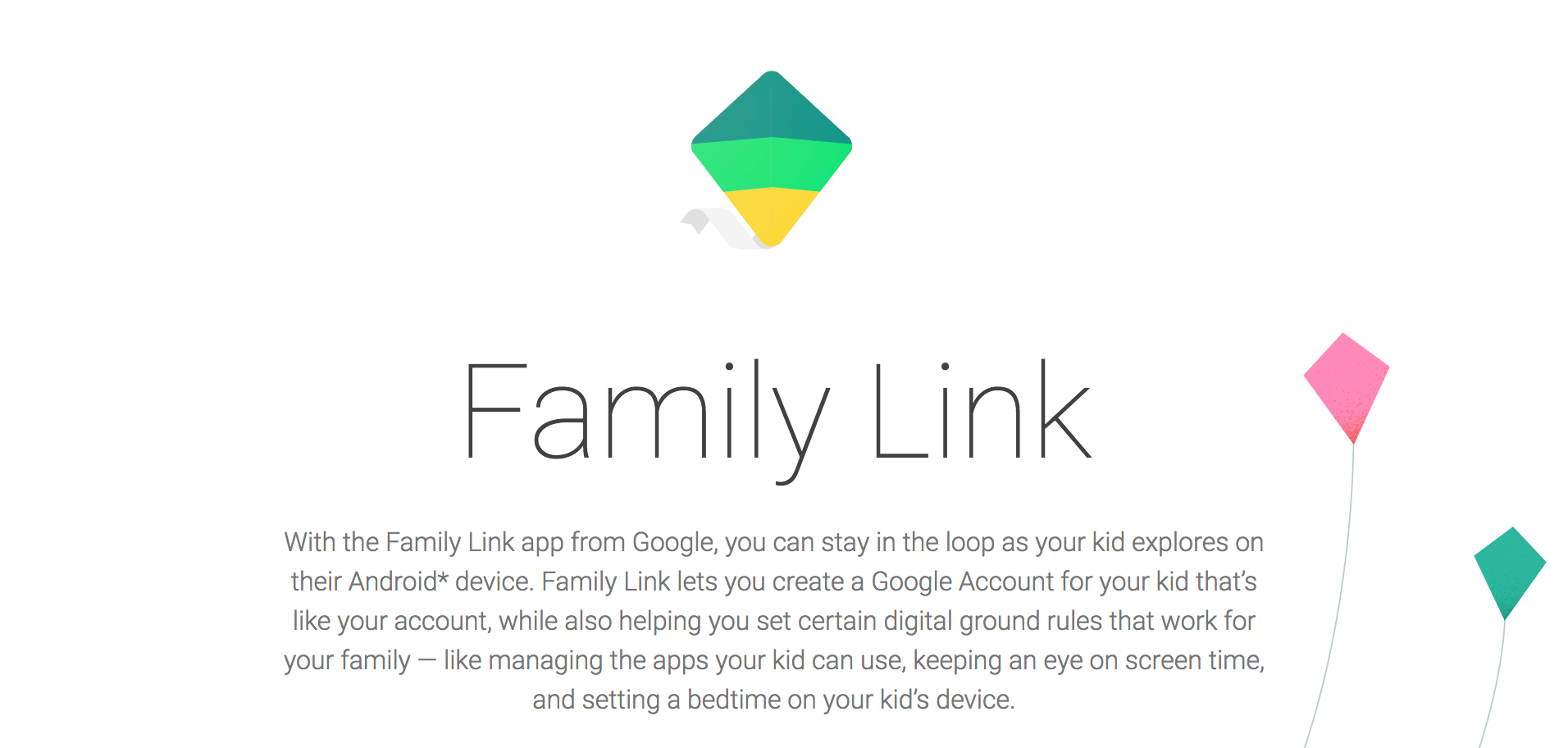
Back in March, Google announced an interesting new app allowing parents to set up accounts on Android devices for kids under 13. Unlike setting them up with a standard account, Family Link gives you power over what they can do with their phone or tablet. The app was available as part of an invitation-only test in the US, but now it's getting a widespread public launch.
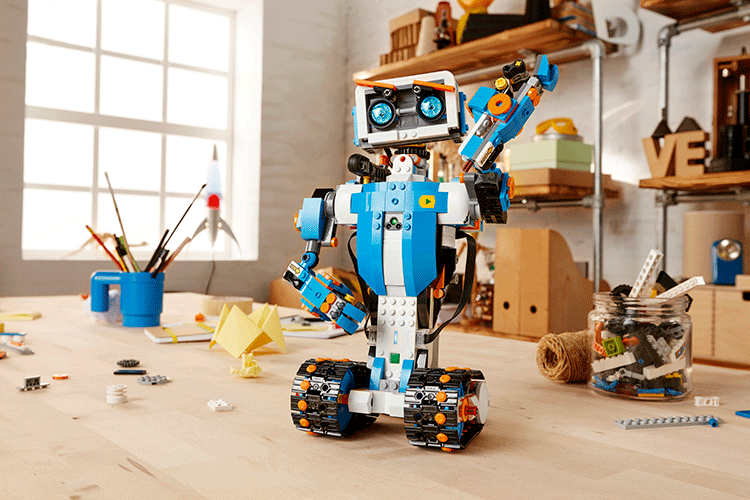
LEGO must be one of the most ubiquitous toys in the world. It's hard to imagine growing up without it. Somehow, the company has managed to remain relevant all these years, finding new ways to engage with kids as the world around them changes. One of the most highly anticipated LEGO releases for some time is the Boost Creative Toolbox, which tasks you with building a robot named Vernie, among others, and programming them to perform certain actions using "drag-n'-drop coding." It's due to ship from August 1st, and in preparation, the Android app has just been made available.There are more than 60 activities to keep the kids entertained, as well as videos and digital instructions to help them through the process. Vernie is joined by other programmable models, such as a cat called Frankie and a guitar. The app is necessary to control the robots, which it connects to via Bluetooth. The set is intended for children aged between 7-12, and it's hoped that the rudimentary "coding" experience will pique their interest in robotics and technology going forward.
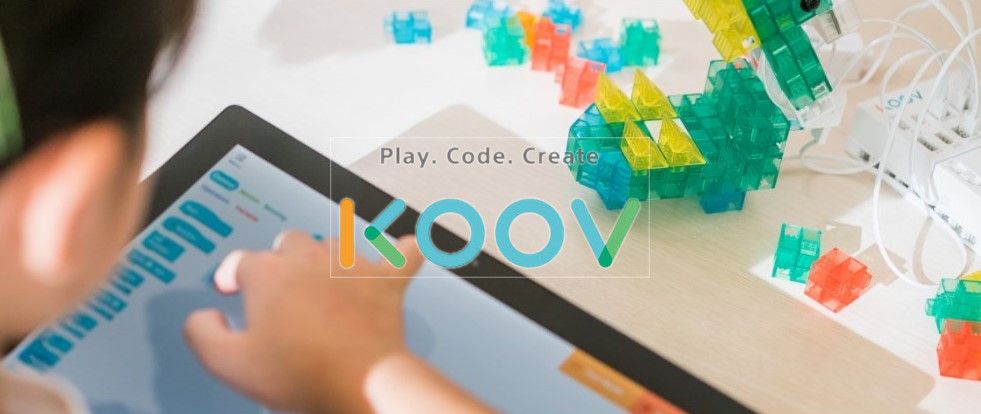
Yesterday Sony Global Education launched an Indiegogo crowdfunding project for its newest educational initiative. Meet KOOV a programming and robotics kit for children. Think Legos meets robots (which is already a thing) but with better software and simpler hardware. With these tools, your kids can pick up programming fundamentals at a much earlier age. Perhaps little Suzy might be the next Wozniak or Stallman. Probably with less facial hair, though.
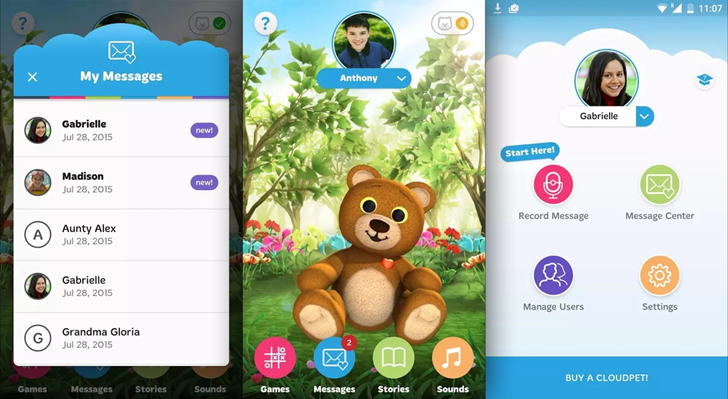
Everything can be hacked, as a certain Overwatch character is fond of saying. That seems to be increasingly true of consumer electronics... including stuffed teddy bears and unicorns. According to security researcher Troy Hunt, a series of web-connected, app-enabled toys called CloudPets have been hacked. The manufacturer's central database was reportedly compromised over several months after stunningly poor security, despite the attempts of many researchers and journalists to inform the manufacturer of the potential danger. Several ransom notes were left, demanding Bitcoin payments for the implied deletion of stolen data.









